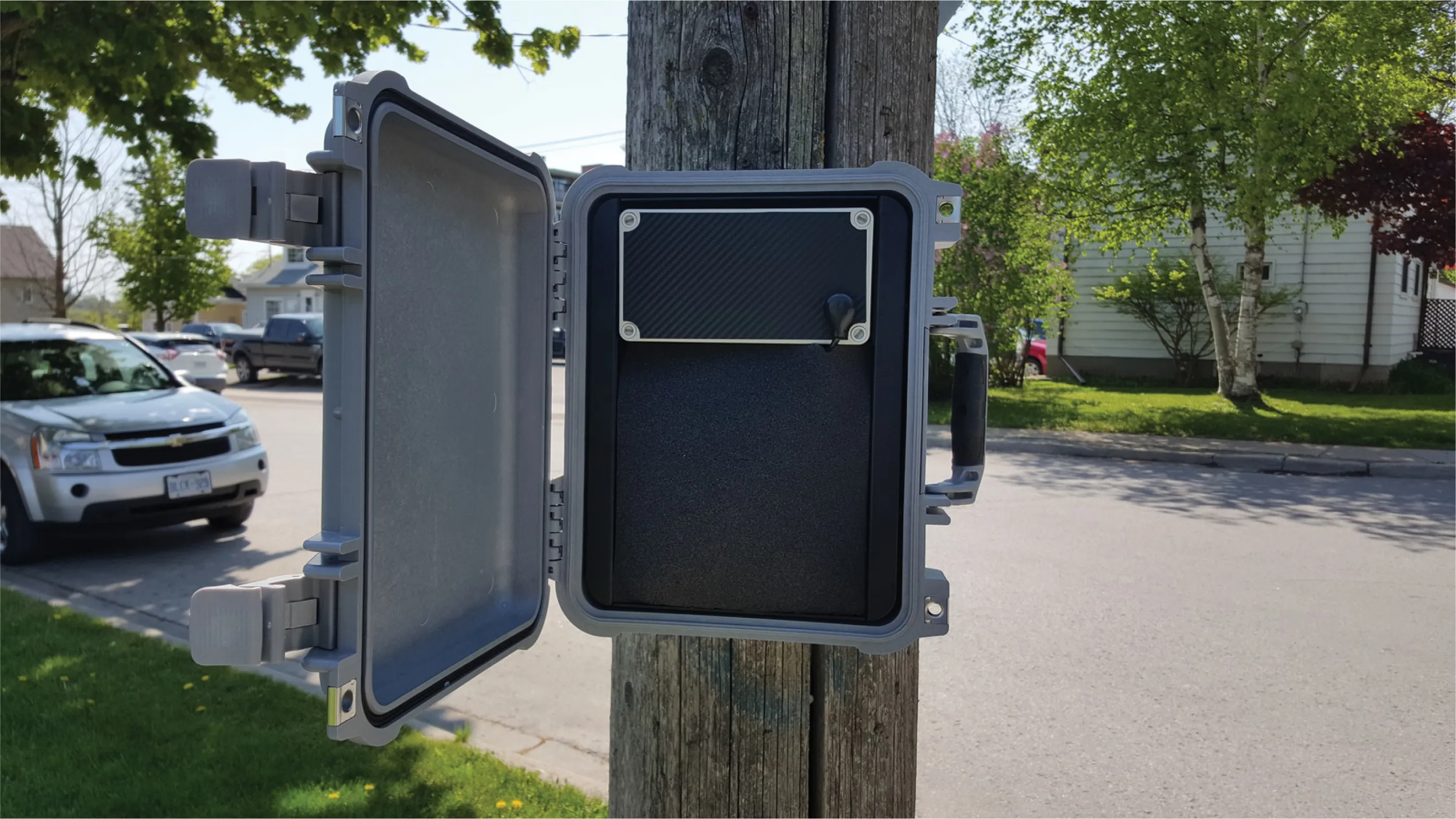Gewi has announced a new component for its TIC software which will collect Waze data and automatically take action based on the specific event type and subtype, enabling the software to automatically create road repair projects based on user-generated pothole reports from Waze.
The process uses the project feature of the software, which allows the user to decide what action to take when a pothole is reported, such as sending a notification to the maintenance department based on the pothole location. Furt
March 14, 2017
Read time: 2 mins
The process uses the project feature of the software, which allows the user to decide what action to take when a pothole is reported, such as sending a notification to the maintenance department based on the pothole location. Further steps can be assigned based on the repair process specified by the local authority.
All the traffic information features of TIC are available within the repair project, so traffic information can be distributed to navigation devices, broadcasters, VMS signs, portable devices, web pages and directly to Waze.
Information about the repair can be distributed to Waze in the Waze data format, enabling analysis and management reports to be created.
TIC can also be configured to automatically or manually prioritise pothole repair projects based on road class so that more heavily-travelled roadways receive more immediate attention.










